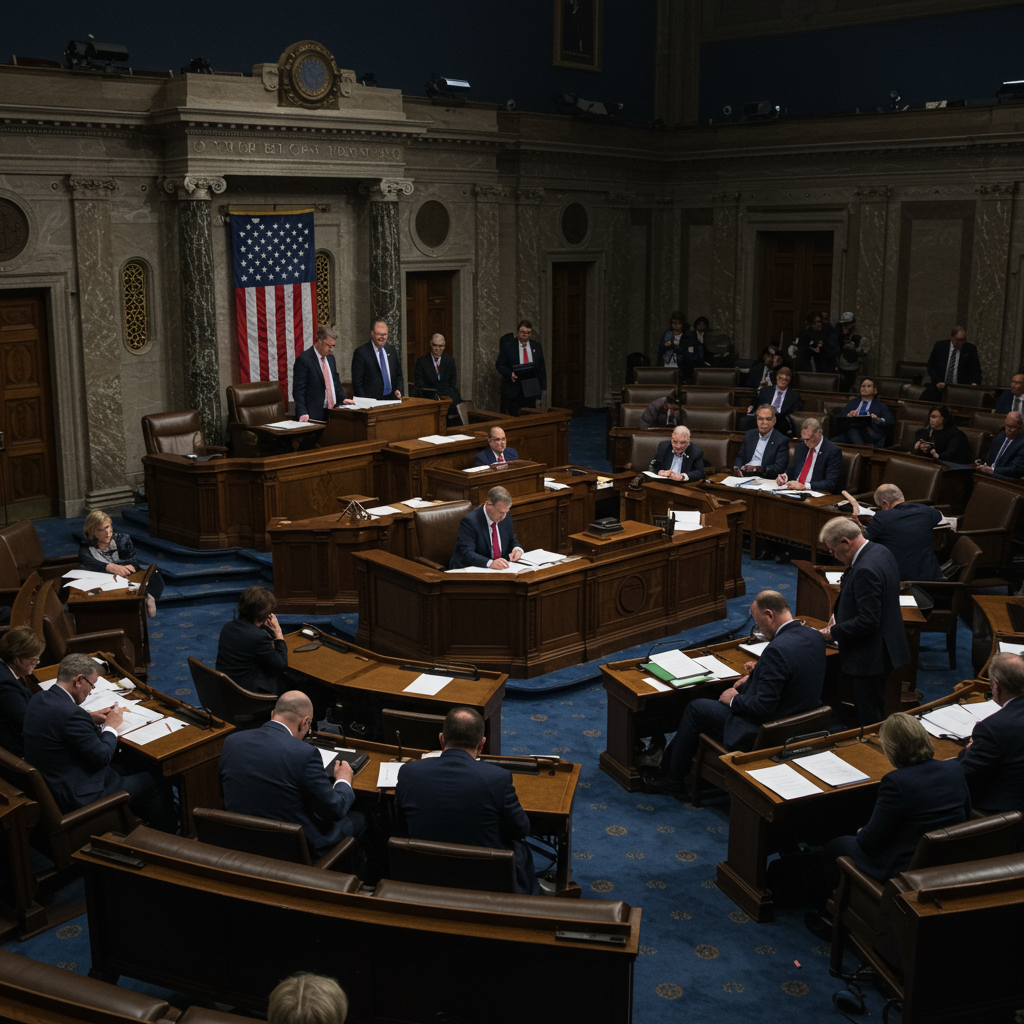Former President Joe Biden has initiated an intensive new phase in his battle against an aggressive form of prostate cancer, which includes undergoing radiation therapy. This significant development in his oncology care, confirmed by his spokesperson, comes months after his initial diagnosis of metastatic prostate cancer. As Biden, 82, faces this rigorous treatment, the update sheds light on his ongoing health journey and highlights critical aspects of managing advanced malignancy. His team emphasizes effective management, despite the advanced stage of his disease.
Former President Biden’s Latest Health Update: Radiation Therapy Underway
The former US President, Joe Biden, is currently undergoing a five-week course of radiation therapy. This marks a substantial escalation in his prostate cancer treatment, as confirmed by his spokesperson. Alongside radiation, Biden is also receiving hormone treatment, building upon existing medication he’s been taking in pill form. This multi-pronged approach underscores the seriousness of his diagnosis. It reflects a comprehensive strategy to manage an aggressive form of the disease. His aide, Kelly Scully, shared these details, emphasizing a new phase of care.
Biden’s diagnosis was first announced in May, following his departure from the White House. At that time, his office disclosed the cancer had spread to his bones. This spread, known as metastasis, makes the condition more challenging. However, the cancer is reportedly hormone-sensitive. This characteristic is crucial for effective treatment. Biden himself expressed optimism about his condition in May, noting the prognosis was “good.” He indicated that “we’re working on everything. It’s moving along. So I feel good.”
Understanding Biden’s Aggressive Prostate Cancer Diagnosis
Joe Biden’s prostate cancer was diagnosed with a Gleason score of 9. This score, on a scale of 6 to 10, is a critical indicator of cancer’s aggressiveness. A score of 9 (Grade Group 5) signifies a high-grade illness. It suggests cancer cells are highly differentiated from normal cells. This means they are likely to grow and spread rapidly. Cancer Research UK classifies this as a “high-grade” illness with quick spreading potential.
The discovery came after Biden reported urinary symptoms. Doctors then found a small nodule on his prostate. His office confirmed it was “prostate cancer, characterised by a Gleason score of 9 (Grade Group 5) with metastasis to the bone.” While severe, the “hormone-sensitive” nature of the cancer offers a viable pathway for treatment. Urologic oncologists suggest that while Stage IV (metastatic) is not considered curable, treatments can considerably lengthen life. For a man of Biden’s age, an aggressive, metastatic diagnosis might have gone undiagnosed for several years. This is because routine screenings typically cease for men over 80.
Navigating Advanced Prostate Cancer Treatment Options
For patients like Joe Biden, who are managing advanced or metastatic prostate cancer, a combination of therapies is common. Radiation therapy, which uses high-energy rays to kill cancer cells, is a cornerstone of this approach. It can target cancer cells in the prostate and in areas where the cancer has spread, such as the bones. This helps manage symptoms and slow disease progression.
Hormone therapy, also known as androgen deprivation therapy (ADT), works differently. It reduces the levels of male hormones (androgens) in the body. These hormones, primarily testosterone, can fuel prostate cancer growth. By blocking these hormones, hormone therapy helps shrink tumors and control the spread of the disease. The combination of these treatments aims for comprehensive disease management. It leverages different mechanisms to combat the aggressive nature of the malignancy.
The Broader Picture: Prostate Cancer Statistics and Risk Factors
Prostate cancer is a prevalent health concern for men globally. It ranks as the second most common cancer affecting men in the US, behind skin cancer, according to the American Cancer Society. The US Centres for Disease Control and Prevention (CDC) estimates that roughly 13 out of every 100 men will develop prostate cancer during their lifetime. Age stands as the most significant risk factor for this disease.
Key facts about prostate cancer include:
Prevalence: It is the most common cancer among men in the U.S.
Mortality: It’s the second-leading cause of cancer death in this demographic.
New Cases: The National Institutes of Health (NIH) estimates about 313,780 new cases annually.
Survival Rate: Despite its prevalence, the five-year survival rate is high, around 98%.
- Growth: Often, prostate cancer grows very slowly. It is generally treatable, even if it has spread.
- www.nbcnews.com
- www.bbc.com
- www.pbs.org
- abcnews.go.com
- www.foxnews.com
For older men like Biden, the increased risk associated with age is a critical factor. Discussions around screening guidelines for this age group often weigh the benefits against potential harms of overtreatment.
Joe Biden’s Health History and Public Scrutiny
Joe Biden’s health has frequently been a topic of public discussion. This scrutiny intensified during his presidency and subsequent withdrawal from the 2024 re-election campaign. His advanced age, 82, made him the oldest serving US president in history. Concerns about his age and fitness were often raised by political opponents and the media. Biden and his family have consistently refuted claims of cognitive decline.
Beyond Joe Biden’s prostate cancer treatment, he has faced other health challenges recently. In the month prior to this prostate cancer treatment update, he underwent Mohs surgery for skin cancer. This procedure, which left a visible bandage on his forehead, successfully removed all cancerous tissue. No further treatment was needed for that instance. This was not his first encounter with skin cancer; a similar cancerous skin lesion was removed during a routine physical in 2023. These events highlight a pattern of proactive health management.
Earlier in his life, at 45, Biden faced severe health issues. In 1988, while a US Senator, he suffered two life-threatening brain aneurysms. Doctors at the time gave him a 50% chance of survival. Successful surgeries averted tragedy, with no subsequent aneurysm reports. His journey has been marked by remarkable resilience in the face of significant health obstacles.
A Personal Crusade: Biden’s Enduring Cancer Advocacy
Joe Biden’s commitment to cancer research and advocacy runs deep. This dedication stems from profound personal loss. In 2015, he tragically lost his eldest son, Beau, to brain cancer. This devastating experience ignited an even stronger passion for combating the disease. He described the decision to step down from the 2024 race as “difficult” during a BBC interview, his first since leaving the White House.
In 2022, Biden and his wife, Jill Biden, relaunched the “Cancer Moonshot” initiative. This ambitious program aims to accelerate research efforts dramatically. The long-term goal is to prevent more than four million cancer deaths by the year 2047. It also seeks to reduce the cancer death rate by 50% over the next 25 years. This initiative is a testament to his enduring resolve. It demonstrates a commitment to turning personal tragedy into a public health mission. His advocacy highlights the universal impact of cancer. He often says, “Cancer touches us all.”
Frequently Asked Questions
What type of treatment is Joe Biden receiving for prostate cancer?
Former President Joe Biden is currently undergoing radiation therapy and hormone treatment for an aggressive form of prostate cancer. The radiation therapy is anticipated to last five weeks and represents a new, intensive phase of his care. He has also been receiving hormone medication in pill form, which targets his hormone-sensitive cancer. These combined treatments are designed to manage the disease, which has metastasized to his bones.
What does a Gleason score of 9 mean for prostate cancer?
A Gleason score of 9, out of a possible 10, indicates a very aggressive form of prostate cancer. This high score (classified as Grade Group 5) signifies that the cancer cells are highly abnormal and are likely to grow and spread quickly within the body. While it represents a serious prognosis, the fact that Biden’s cancer is “hormone-sensitive” allows for more effective treatment options, even with metastasis.
How common is prostate cancer and what are the main risk factors?
Prostate cancer is the second most common cancer among men in the US, after skin cancer, affecting about 13 out of every 100 men at some point in their lives. The most significant risk factor is age, with risk increasing considerably after age 50. Other factors include family history of prostate cancer and ethnic background (African American men have a higher risk). Despite its prevalence, the five-year survival rate for prostate cancer is notably high, around 98%.
Conclusion: A Continued Journey of Care and Advocacy
Joe Biden’s ongoing prostate cancer treatment underscores the profound impact of this disease. His public health journey provides a transparent look into managing advanced malignancy. His team remains focused on “effective management” strategies. While he has largely retreated from the public eye in recent months, his personal fight continues. This battle also reinforces his long-standing commitment to cancer research. The “Cancer Moonshot” initiative remains a testament to his dedication. Biden’s experience highlights the importance of continued advancements in oncology. It also emphasizes the value of early detection and comprehensive care. His story serves as a reminder of the human element behind medical statistics.


